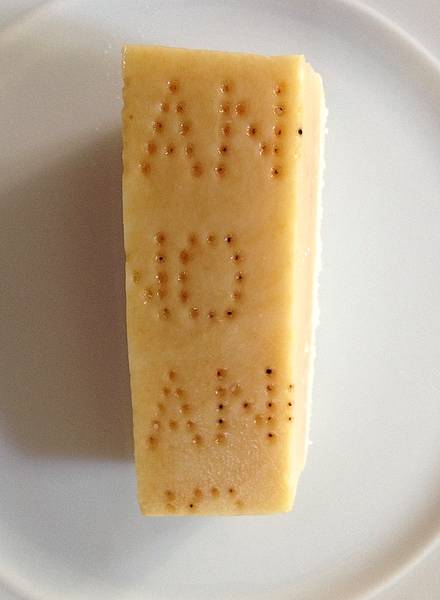Parmigiano-Reggiano comes from a strictly defined area: both the cheese and the milk from which it is made are produced only in the provinces of Parma, Reggio Emilia, Modena and Mantua, by a consortium of 600 small dairies. The cows graze in open pastures or are fed locally-grown fodder, and all-natural fermenting agents are used to give the cheese its particular flavour and texture.

Today, as eight centuries ago, the process is the same: milk, fire, rennet and the skill and knowledge of cheese masters are the basic ingredients. The giant truckles are aged naturally for at least a year (usually two years or more), all the while being brushed and turned, and inspected daily to check that they match up to strict consortium standards.
Parmigiano-Reggiano is a DOP (Designazione d’Origine Protetta) product, which means it meets special EU quality standards. If buying a truckle (or, more likely, part of one), you should look for ID markings on the rind: the words PARMIGIANO REGGIANO, the identification number of the dairy, the month and year of production, the acronym DOP in pin-dot stencil.
Real Parmigiano-Reggiano is straw-coloured and the colour is always uniform throughout the cheese. Inside, the cheese forms long, thin flakes radiating from, or converging towards, the centre. The internal mass tends to be soft, minutely granulated, and dotted with barely visible holes. Although these traits remain constant, it is still possible to detect differences between individual cheeses. As is the case with any hand-made product, each truckle has a touch of individuality.
Explore Parma, Reggio Emilia and Modena with Blue Guides’ new ebook on the region of Emilia Romagna..






